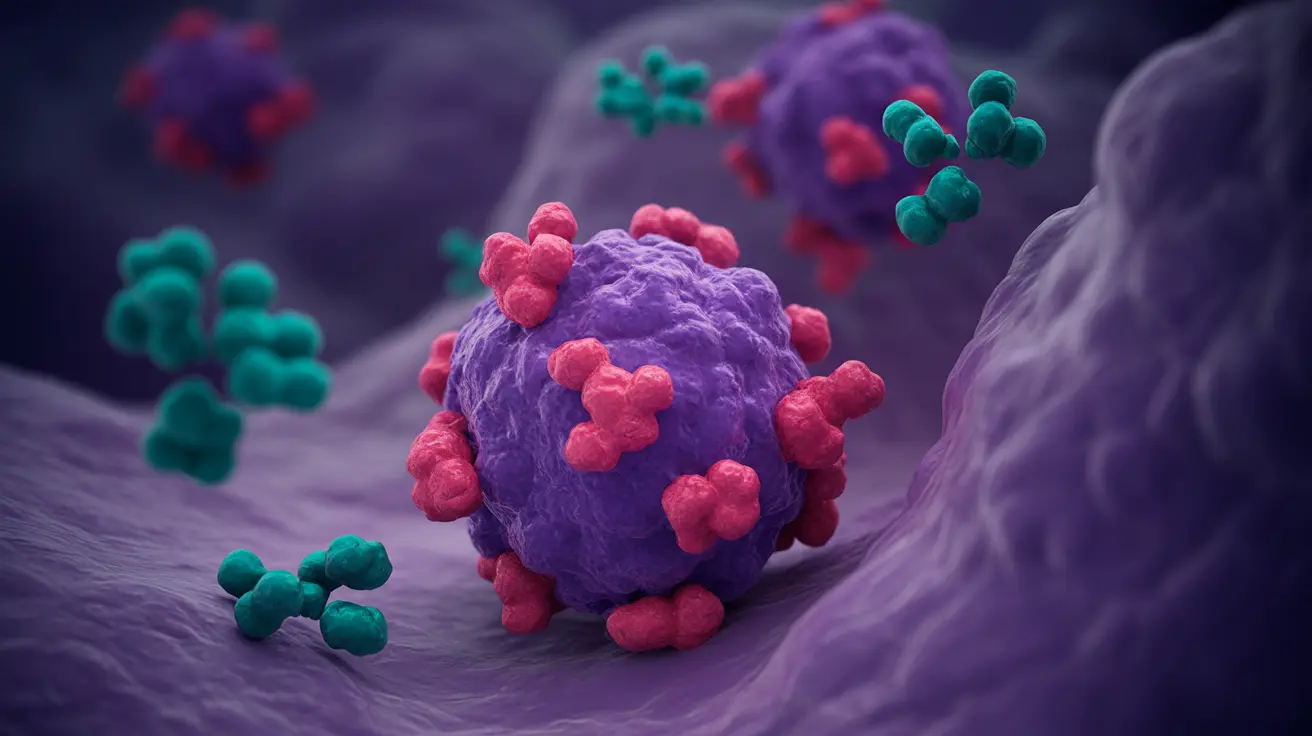Antineoplastic drugs represent a crucial cornerstone in modern cancer treatment, serving as powerful medications designed to combat various types of cancer. These specialized pharmaceuticals work by targeting and destroying rapidly dividing cancer cells, helping to slow or stop the progression of the disease.
For patients and healthcare providers alike, understanding antineoplastic therapy is essential for successful cancer treatment outcomes. This comprehensive guide explores how these medications work, their administration methods, potential side effects, and important safety considerations.
How Antineoplastic Drugs Work
Antineoplastic medications function through several sophisticated mechanisms to combat cancer cells. These drugs primarily target cells that divide rapidly – a characteristic feature of cancer cells – while attempting to minimize damage to healthy cells.
Common mechanisms of action include:
- Interfering with DNA replication
- Disrupting cell division
- Blocking specific proteins necessary for cancer cell growth
- Preventing the formation of new blood vessels that feed tumors
Types of Antineoplastic Medications
Alkylating Agents
These drugs directly damage DNA, preventing cancer cells from reproducing. They're often used to treat various cancers, including leukemia, lymphoma, and solid tumors.
Antimetabolites
These medications interfere with DNA and RNA synthesis by mimicking natural substances needed for cell division. They're particularly effective against cancers of the blood and digestive tract.
Plant Alkaloids
Derived from plants, these compounds stop cancer cells from dividing by interfering with cell division machinery. They're commonly used in treating breast cancer and lung cancer.
Administration Methods
Antineoplastic drugs can be administered through various routes, depending on the type of cancer and treatment protocol:
- Intravenous (IV) infusion
- Oral medications
- Intramuscular injection
- Subcutaneous injection
- Intrathecal administration
Managing Side Effects
While antineoplastic drugs are effective against cancer cells, they can cause various side effects that require careful management:
Common Short-term Side Effects
- Nausea and vomiting
- Hair loss
- Fatigue
- Decreased blood cell counts
- Mouth sores
Long-term Considerations
Some antineoplastic drugs may cause long-term effects that require monitoring:
- Heart function changes
- Fertility issues
- Kidney function impacts
- Secondary cancer risks
Safety Protocols for Healthcare Workers
Healthcare workers handling antineoplastic drugs must follow strict safety protocols:
- Using appropriate personal protective equipment (PPE)
- Following proper drug preparation techniques
- Implementing safe disposal procedures
- Regular health monitoring
- Maintaining specialized training certification
Frequently Asked Questions
What are antineoplastic drugs and how do they work to treat cancer?
Antineoplastic drugs are specialized medications that target and destroy cancer cells by interfering with their growth and division processes. They work through various mechanisms, including damaging DNA, preventing cell division, and blocking proteins essential for cancer cell survival.
What are the common side effects of antineoplastic chemotherapy and how can they be managed?
Common side effects include nausea, fatigue, hair loss, and decreased blood cell counts. These can be managed through supportive medications, proper nutrition, rest, and regular monitoring by healthcare providers. Each patient receives an individualized plan to address their specific side effects.
How are antineoplastic drugs administered and what should patients expect during treatment?
Antineoplastic drugs can be given through various routes, including IV infusion, oral medications, or injections. Patients typically receive treatment in cycles and should expect regular monitoring, blood tests, and supportive care throughout their treatment course.
Can antineoplastic chemotherapy cause long-term health risks like infertility or organ damage?
Yes, some antineoplastic drugs can cause long-term effects, including fertility issues, organ damage, and increased risk of secondary cancers. Healthcare providers carefully weigh these risks against the benefits and monitor patients closely for potential complications.
What precautions do healthcare workers take to safely handle antineoplastic drugs?
Healthcare workers must follow strict safety protocols, including wearing appropriate PPE, using specialized drug preparation techniques, implementing proper disposal procedures, and maintaining current safety certifications. Regular health monitoring and ongoing training are also essential components of safe handling practices.




